Given 2020’s track record, predicting what 2021 will deliver for the development sector is a brave call. Nonetheless, we’ve pooled our views on the key themes which we believe will drive the industry over the course of the year.
1. Biodiversity net gain
The Environment Bill which will make the principle of biodiversity net gain a legal requirement on development sites is likely to become law this year. It is therefore more important than ever for landowners and developers to understand the principles, issues and opportunities associated with its implementation.
In a nutshell, biodiversity net gain requires a 10 per cent uplift in biodiversity value from the existing onsite habitat. Alternatively, biodiversity ‘units’ could be purchased from donor sites by developers in lieu of onsite biodiversity enhancements.
There is promising potential for cross-sector collaboration and partnerships between landowners and developers to generate mutual benefits across landholdings. As we move towards royal assent of the Environment Bill, we are predicting this will be a big year for biodiversity net gain and associated offsetting.
2. Build to Rent
In the UK to date, Build to Rent (BtR) has primarily been associated with new build apartments in urban centres, typically including provision of amenities such as on-site concierge, gyms, cinema rooms and roof gardens. However, suburban BtR is now a core growth area due to the limited supply of high quality single family rental stock, and the high proportion of Private Rented Sector (PRS) tenants who live in suburban locations (53 per cent) compared with higher density urban locations.
Suburban BtR is receiving strong levels of interest from investors due to its attractive investment characteristics of reliable income streams, reduced tenant turnover resulting in lower voids, and operational efficiencies achieved through reduced on site staff and amenity provision. This makes suburban BtR an attractive investment proposition, and it is expected to be a key growth area in 2021.
3. Connectivity
What the pandemic has confirmed is that internet connectivity is just as important as physical transport infrastructure, with a speedy broadband connection swiftly rising up home buyers' priority list.
Compact, well-connected centres with local amenities within walking distance and restaurants within Deliveroo catchment areas have been able to take advantage of this during lockdown, as working and shopping habits move more and more online. How long before distance from an Amazon depot becomes a factor for home buyers, as online retailers promise faster and faster delivery times?
4. Legacy
Legacy and placemaking are often cited as the aspiration, but in order to achieve a positive legacy and a place people are proud to call home now and in the future, the emphasis is on taking a longer-term view at the outset of a project. Legacy can be achieved through building better, more sustainably and resiliently, for example through the building beautiful agenda. A National Design Code has recently be published alongside revisions to the NPPF, which seek to strengthen national policy on design.
A deferred approach to financial returns, measuring the success of developments through social and environmental principles, placing greater emphasis on community and taking a new approach to the delivery of affordable housing, streets, retail, green spaces and social infrastructure, are all key pointers. The challenge is finding a happy marriage between volume and quality, but the time has come to find the compromise.
5. Mixed use/repurposing
As our Re:Imagining Retail publication explores in depth, an effective mixed-use scheme is one where the blend of uses is complementary, appropriate for that place and sustainable – not simply in terms of materials and design, but the communities that are created and which support each use.
Many shopping centres now need to be radically re-imagined and mixed-use development will play a key role. Retail still has its place; however, the offer has to be blended into a place that meets social and civic needs, health, education and wellbeing. Employment spaces have the potential to re-emerge in a much more diverse fashion with co-working, makerspaces and life sciences all coming forward. Successfully blending these uses with residential will be crucial in successfully creating these more sustainable communities where people can thrive.
6. MMC
Modern Methods of Construction (MMC) continues to rise up the agenda and we expect it will accelerate in 2021. This is driven, in part, by the increased adoption of MMC by local authorities and housing associations: in 2020 Homes England announced that there would be a requirement for a certain proportion of homes built as part of the Affordable Homes Programme (2021-26) to use MMC.
Furthermore, the move towards lower emissions in construction and the running of homes will continue to drive the use of MMC in housing. Many of the building techniques captured under the MMC umbrella are well placed to deliver on the promise of net zero homes that many are striving to achieve.
7. Viability
Viability assessments are often considered part of planning applications to ascertain whether a site is financially viable. This process involves assessing the value of a proposed development against the cost of developing it, with the benchmark land value, developer’s profit and level of planning obligations all key considerations. There has been a shift over recent years to assess viability at the plan-making stage, but there is still a need for application stage viability as information from the plan-making stage changes and where local plans are not up to date.
Now that viability is a material consideration, it is becoming vitally important that sites are deliverable and policy expectations are set at an appropriate level. This is particularly the case for key and strategic sites to ensure much needed housing delivery.
8. Partnership
Partnership in the planning and promotion of land and property has been a long-standing approach to ensuring alignment and shared vision across a range of stakeholders. Partnerships between local planning authorities, developers and landowners can be mutually beneficial from a delivery, financial structure and legacy perspective. We are anticipating new forms of partnerships to become more prevalent as we potentially enter new planning, political and fiscal regimes.
9. Wellness
Physical and mental health has been under the most sustained period of strain in generations. How our homes, workspaces and communities are re-imagined and designed will play a crucial role to help society emerge positively from the Covid-19 pandemic.
The built environment can also help overcome societal challenges posed by longer term trends of sedentary lifestyles, lack of physical activity, poor diet, stress and loneliness. The most successful new developments are expected to be those that not only provide health and wellbeing facilities but that give people the sense that they are part of something bigger. Connecting people to each other and nature will play a pivotal role as we strive to build back better.
10. Zero carbon
The Government has reiterated its commitment to the net zero carbon agenda through the Ten Point Plan published in November 2020. The plan sets out ambitious targets meaning that more existing homes can be upgraded and new developments will need to include suitable walking and cycling routes, electric car charging points as well as low carbon heating systems.
Alongside this, the Future Homes Standard will require a 75-80 per cent reduction in emissions in new build homes by 2025, including a ban on gas boilers in new homes, with an interim uplift in building regulations taking effect from June 2022. Many of the major housebuilders are already adopting measures to reduce carbon emissions across their developments.
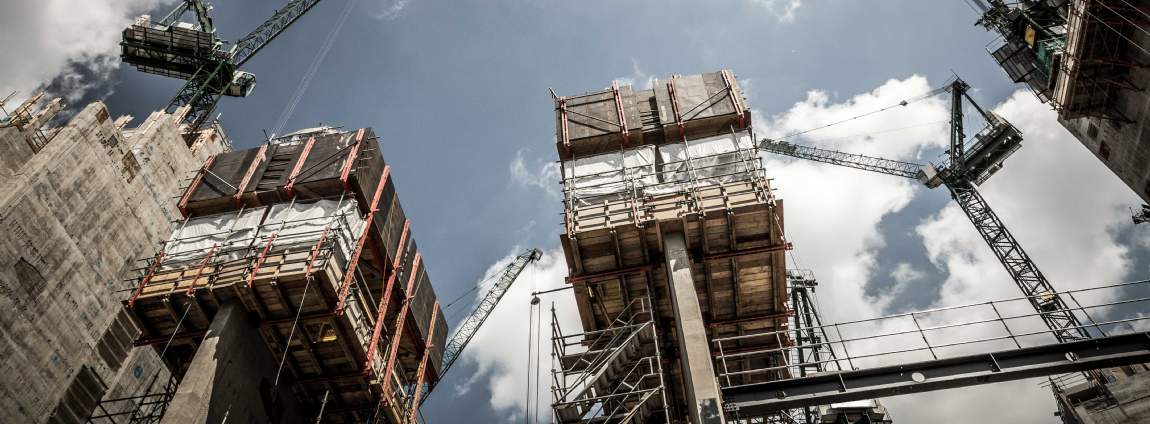
.jpg)



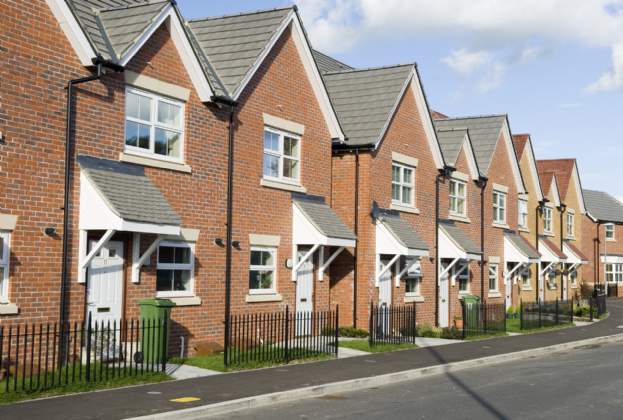
.jpg)
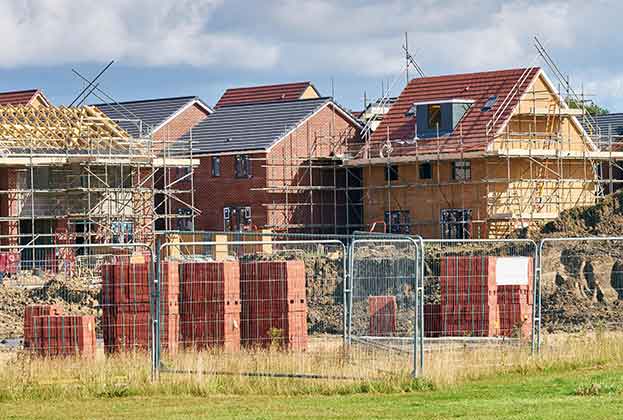
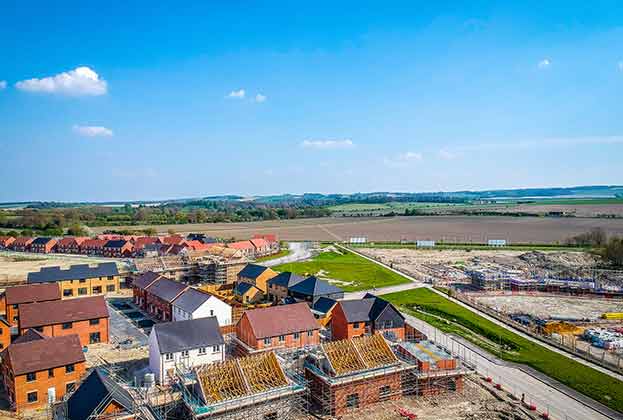
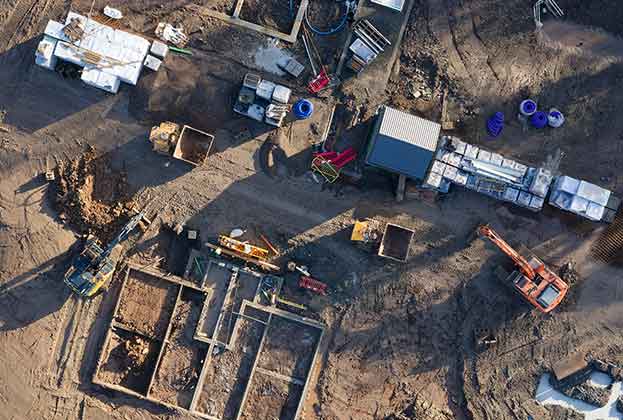
.jpg)